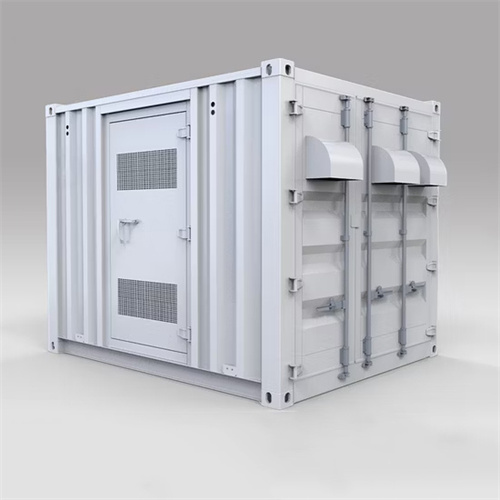About What is the highest form of energy storage humans
All bodily functions, from thinking to lifting weights, require energy. The many small muscle actions accompanying all quiet activity, from sleeping to head scratching, ultimately become thermal energy, as do less visible muscle actions by the heart, lungs, and digestive tract. The rate at which the body uses food.
We often talk about “burning” calories in order to lose weight, but what does that really mean scientifically?. First, we really we mean lose because that is the measure of how.
The of the human body in converting into is known as the of the body. We often calculate the body’s mechanical efficiency, as a percentage: (2).
As the photovoltaic (PV) industry continues to evolve, advancements in highest form of energy storage humans have become critical to optimizing the utilization of renewable energy sources. From innovative battery technologies to intelligent energy management systems, these solutions are transforming the way we store and distribute solar-generated electricity.
When you're looking for the latest and most efficient highest form of energy storage humans for your PV project, our website offers a comprehensive selection of cutting-edge products designed to meet your specific requirements. Whether you're a renewable energy developer, utility company, or commercial enterprise looking to reduce your carbon footprint, we have the solutions to help you harness the full potential of solar energy.
By interacting with our online customer service, you'll gain a deep understanding of the various highest form of energy storage humans featured in our extensive catalog, such as high-efficiency storage batteries and intelligent energy management systems, and how they work together to provide a stable and reliable power supply for your PV projects.
Related Contents
- What form of lipids provides energy storage in plants
- What process formation of triglycerides for energy storage called
- What is tesla energy storage business
- What are the storage and quick energy forms
- What molecules are used for energy storage
- What is the cost of battery energy storage system
- What molecule provides long-term energy storage for animals
- What is long term energy storage in plants
- What are impediments to the deployment of grid energy storage
- What does the ideal energy storage sytem look like
- What is the main energy storage in the body
- What macromolecule provides long-term energy storage for plants


